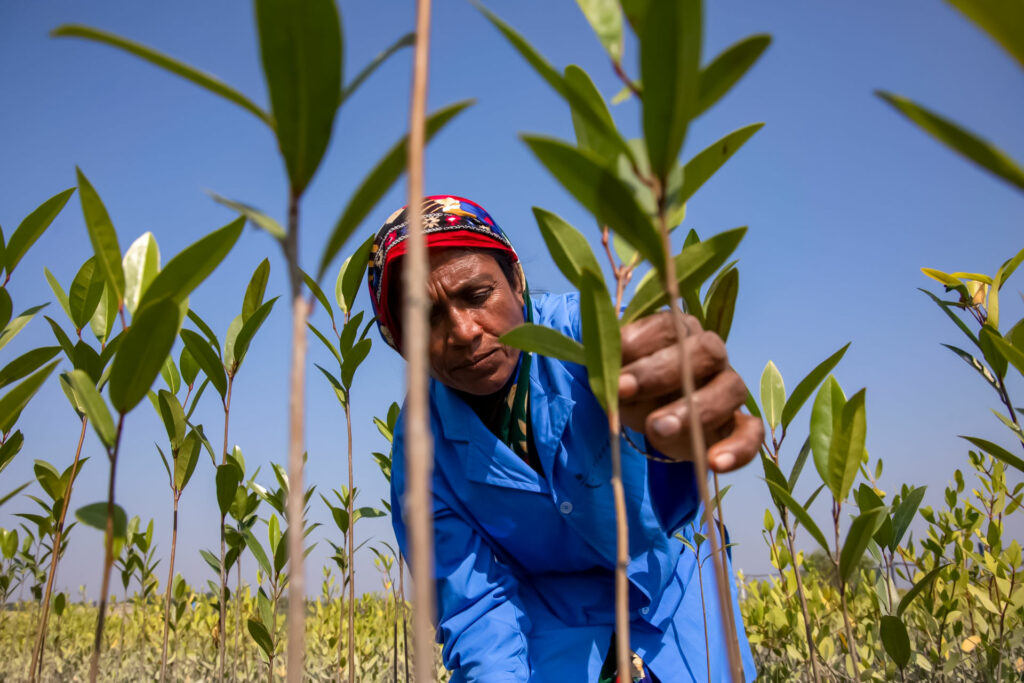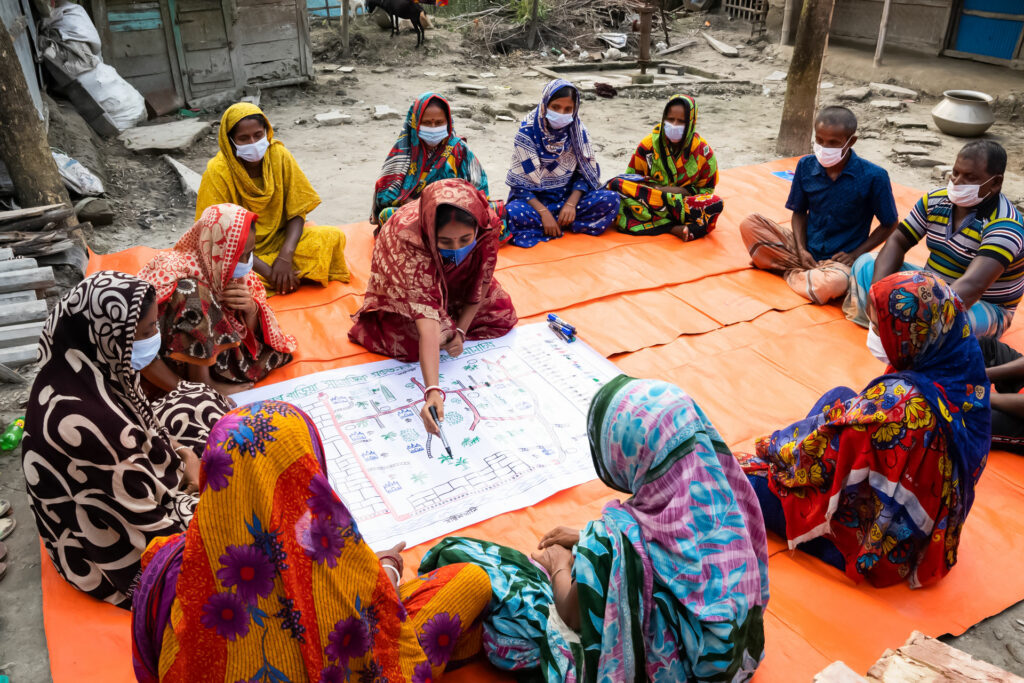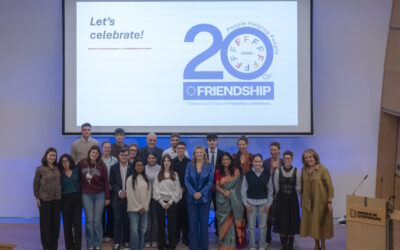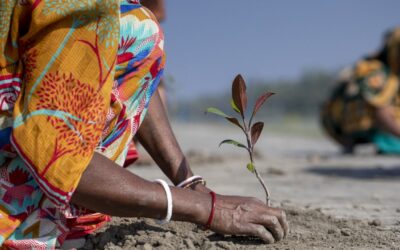
Friendship News Desk
September 7, 2022
Friendship’s mangroves afforestation project has been selected as one of the 20 best-practice examples of Forest and Landscape Restoration (FLR) in the Asia-Pacific. The shortlist of 20 was made out of more than 150 projects identified by the International Union for Conservation of Nature (IUCN) Asia Regional Office over the past several months, working closely with the UN Food and Agriculture Organization (FAO). The objective is to understand the extent to which these projects have succeeded and their coherence with the strategy of the UN Decade on Ecosystem Restoration.

Under Friendship’s afforestation projects, communities plant mangroves in the “mudflats” between the river and the embankments. Rising sea levels and ever-intensifying cyclones have slowly eroded the network of fragile embankments that were built in the 60s and 70s. As they mature, the plantations form a barrier protecting the embankments and the communities within from tidal waves and storm surges. They also bring back biodiversity, hence providing livelihoods in the form of shrimps, crabs, honey, and also fruits for popular condiments.
Friendship’s afforestation projects are situated in salinity-impacted communities in the vicinity of the Sundarbans, the largest continuous mangrove forest in the world. Besides being a large store of carbon, the Sundarbans also form a large natural barrier protecting coastal communities from the fierce cyclones in the Bay of Bengal. The Sundarbans are also economically essential to adjacent communities by supporting livelihoods such as those mentioned.
“Reforestation projects are difficult, and tend to fail if they are not properly implemented,” said Patrick Losch, a forest owner and board member of Friendship Luxembourg, who had worked for the Forestry and Climate Change Fund in Central America before becoming involved with Friendship’s mangrove project.
“Reforestation projects fail mainly because they don’t stay with the community long enough,” he says. The project design should engage and benefit the local community so that they continue to maintain the forest in the future. Local authorities were involved to ensure their support, and caretakers were recruited from within the adjacent communities to maintain the saplings, the plantations, and the fencing around them to keep out hungry animals that might damage smaller trees. Friendship’s project includes the largest private sector nursery for mangrove saplings in Bangladesh. Over 100 hectares—or 300,000 mangrove trees—have been planted as part of the project and around 50 hectares more in the coming months.
The Forest and Landscape Restoration (FLR) is a key facet of FAO’s Strategic Framework 2022-31, in support of the Agenda 2030, as well as realising the UN Decade on Ecosystem Restoration, which is being co-led by the FAO and UNEP. FLR plays an essential role in providing efficient, inclusive, resilient, and sustainable agri-food systems that enable better production, nutrition, environment, and quality of life. FAO has begun initiatives to develop capacities in addressing key barriers such as funding in the Asia-Pacific region. Notably, a Regional Strategy and Action Plan for Forest and Landscape Restoration was published in 2018 with the endorsement of the Asia-Pacific Forestry Commission (APFC). The short-list of 20 projects highlights the best practices in the region that are furthering these goals.
As part of being placed in the top 20, Friendship’s project will be featured in the first volume of RESTORE: Asia-Pacific Forest and Landscape Restoration Video Journal. This initiative by the FAO Regional Office for Asia-Pacific is part of a Technical Cooperation Programme with the objective of strengthening the knowledge and capacities for Forest Landscape Restoration implementation in seven countries in Asia-Pacific (Bangladesh, Lao, Myanmar, Nepal, Pakistan, Papua New Guinea, and, Timor-Leste).





